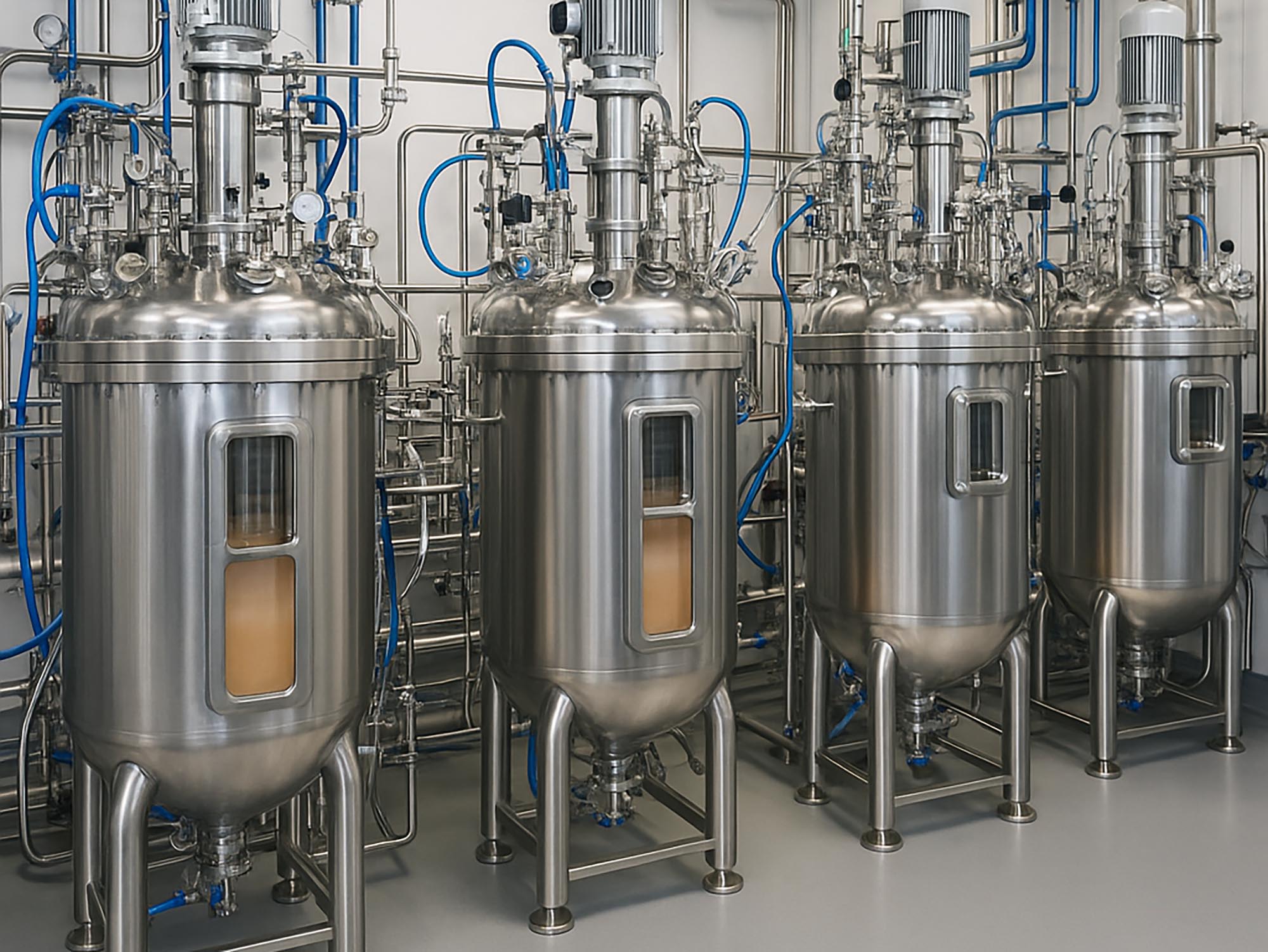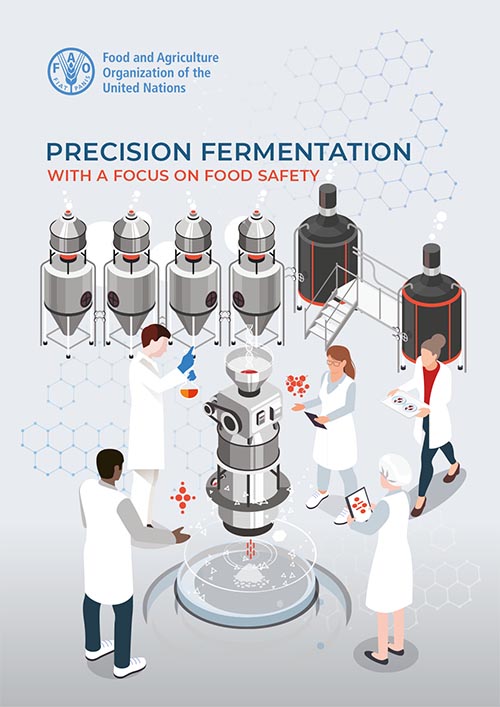

FAO report confirms precision fermentation can be regulated with existing food safety tools
A new report from the Food and Agriculture Organization of the United Nations (FAO) offers one of the clearest signals yet that precision fermentation can be safely regulated using existing food safety frameworks. Drawing on input from over 100 regulatory experts across 35 jurisdictions, the report concludes that precision fermentation does not pose fundamentally new hazards, but that clearer definitions and international coordination are urgently needed.
The publication arrives as interest in fermentation-made ingredients continues to grow, particularly in the context of alternative proteins and more sustainable food systems. While the underlying technologies are well established, the FAO notes that terminology has yet to catch up. No jurisdiction currently has a legal definition of 'precision fermentation', a gap that creates confusion among regulators, industry, and consumers alike.
According to Lea Seyfarth, Policy Officer at The Good Food Institute Europe, the report provides a valuable roadmap for governments seeking to keep pace with food innovation while protecting public health. Seyfarth notes that the findings confirm what many in the sector have long said: existing food safety systems are largely fit for purpose, and the path forward lies in adapting – not reinventing – regulatory frameworks.

Most safety concerns associated with precision fermentation are already familiar from traditional food manufacturing. These include potential allergens, microbial residues, or trace chemicals – all of which can be managed using current risk assessment tools such as Good Manufacturing Practices (GMP), Codex Alimentarius guidelines, and hygienic facility design standards.
The report emphasizes that many fermentation-derived ingredients are highly purified, with no – or only trace – levels of the microorganisms used in production. It also points to long-commercialized examples like chymosin, an enzyme used in cheese-making that was once extracted from animals but is now widely produced through fermentation.
Still, the FAO highlights inconsistencies in how different jurisdictions approach regulation. Some focus on the final product, others on the production method, and few consider both. These inconsistencies – alongside gaps in areas like allergen labeling – can slow approvals and confuse both producers and consumers.
Seyfarth argues that clearer terminology is critical to avoid this kind of regulatory fragmentation. “The lack of an agreed definition for precision fermentation means companies and regulators may be talking past each other,” she explains. The FAO urges national authorities to review how the term is used in their current frameworks and consider developing a formal definition to guide policy.
The report recommends that countries work more closely through international channels such as Codex Alimentarius to improve coordination and streamline regulatory approaches. Doing so, Seyfarth notes, could strengthen consumer confidence and remove barriers to market entry for sustainable new ingredients.
As precision fermentation continues to expand—from animal-free proteins to functional fats and flavor compounds – the FAO’s message is clear: the science is sound, the tools exist, and what’s needed now is regulatory clarity.
If you have any questions or would like to get in touch with us, please email info@futureofproteinproduction.com


-p-800.jpg)



